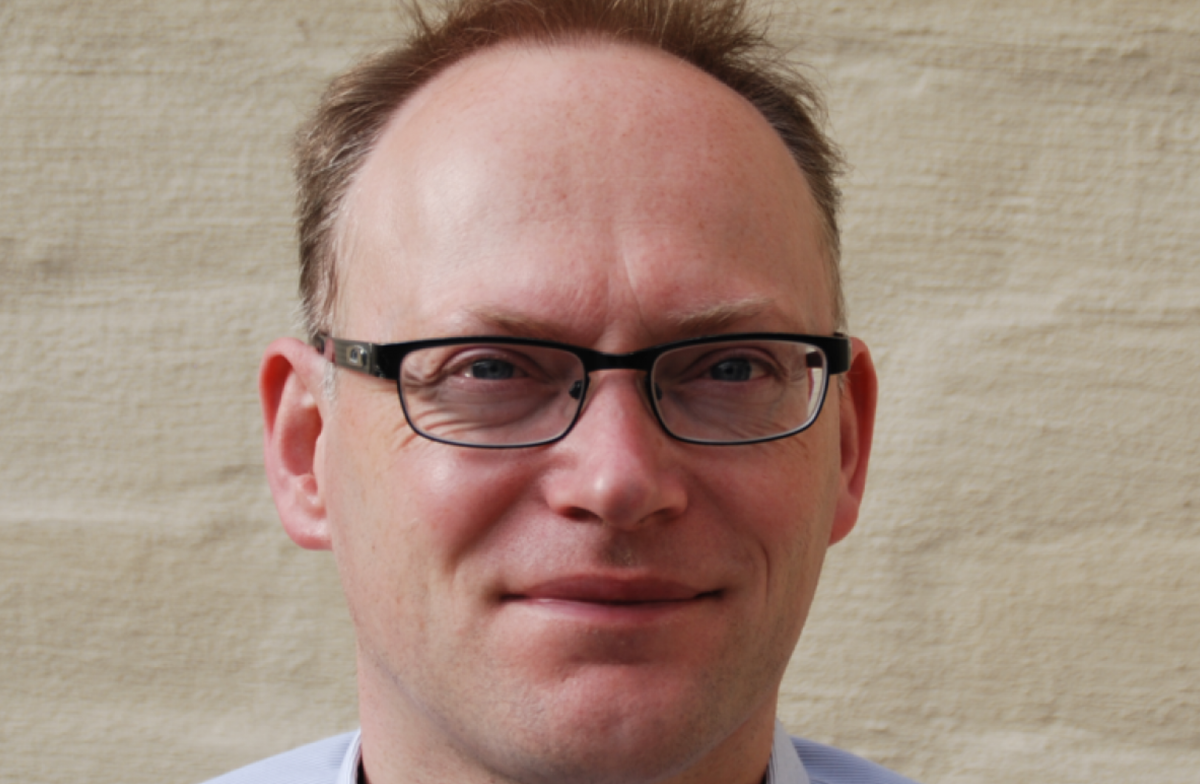An interview with Lieven Raes
Interview Lieven Raes • Written by Wouter Florizoone on 22 December 2021

Hi Lieven, can you briefly introduce yourself, your background and current tasks?
I’m a Smart City expert at Digitaal Vlaanderen with responsibility for driving transformational change in Government. My background in social science, spatial planning and data has given me knowledge of how technology and open data can pioneer new opportunities to improve the lives of citizens, and a first-hand understanding of how co-creation can unlock innovation. This expertise enables me to successfully coordinate several EU research projects, including COMPAIR, as well as serve as an adviser to the Open Geospatial Consortium.
You are project leader of the H2020 project COMPAIR, can you briefly explain COMPAIR?
COMPAIR is a 3 year project, starting in November 2021, working with local authorities and the public to run citizen science experiments using affordable sensor and analytical dashboard technologies which will supplement gaps in official air quality data to co-create more effective social actions and influence city policy. Together these actions will contribute towards healthier and greener cities for all.
Who are the different partners in this project and what is their specific role?
The project team consists of 15 organisations from 6 different European countries, Belgium, Bulgaria, Germany, Greece, United Kingdom, and The Netherlands. We are a mix of cities, Athens, Berlin, Sofia, Plovdiv, and a region, Flanders, who will lead and run the citizen science experiments. Researchers who will support the experiments and technical partners who will supply the sensors, build the dashboards and ensure the resulting citizen science data is what we call policy-ready.
What was your motivation to submit this project at the time, what concrete potential did you see?
I have been working on creating a culture for data supported policy making for the last decade, from building simple policy visualisations to co-creating more complex, predictive digital twins. The aim is to co-create more sustainable policy that delivers expected impacts in a cost-effective way. As the technology to support this vision advances, one issue still prevails, and that is access to data.
In the case of environmental policy making, whilst official measuring stations provide some data on air pollutants these are on a macroscale, the stations are expensive to install, and don’t provide a complete picture of a whole city. COMPAIR changes the game by unlocking the potential of the public to be data sensors as well as data scientists. Experiments performed by the very people living in the areas that require change, delivers crowdsourced data for public sector decision making in a manner that supplements existing urban data sources and gives ownership of the data back to the people for them to extract actionable change.
Rear Window will set up several pilots with Telraam. What do you expect from the correlation between air quality measurements and traffic data and are there already similar experiences in Europe? If so, which ones?
We are entering the citizen science experiments with open minds. The public are the ones who will be co-designing the experiments with researchers, running them, and extracting actionable intelligence from the results. We are not seeking to guide their opinion, rather we wish to unlock their potential for critical thinking and open innovation. One of our key differentiators is that we are using low-cost digital sensors, such as Telraam, which as a consequence will make participation in citizen science experiments more affordable and democratic for all.
Other initiatives that work with traffic and air data focus mainly on presenting information to decision makers via historic, real-time or predictive scenarios, my local digital twin project DUET is a prime example. COMPAIR is designed to not compete with these initiatives, rather it will make it's new data source - citizen science data - interoperable with these existing platforms creating a new standard in policy-ready-data that benefits all.
Finally, if you can look three years further, with what results within COMPAIR are you satisfied?
For me personally, COMPAIR will be a success if we have raised the scientific capacity and confidence of the people participating in our citizen science experiments for local environmental policy making, and have the public sector welcoming the value of citizen science data as a valuable source of data for decision making. For the project achieving the North Star we set ourselves in our first month of working together would be the greatest result. ‘To leverage the opportunity provided by citizen science to: Increase the value of CS data through globally relevant urban use cases; Enhance public participation in achieving Green Deal goals and targets; Foster an open technical & policy environment to drive sustainable change’.
Very informative, thanks for this interview!
More information about COMPAIR : https://www.wecompair.eu/